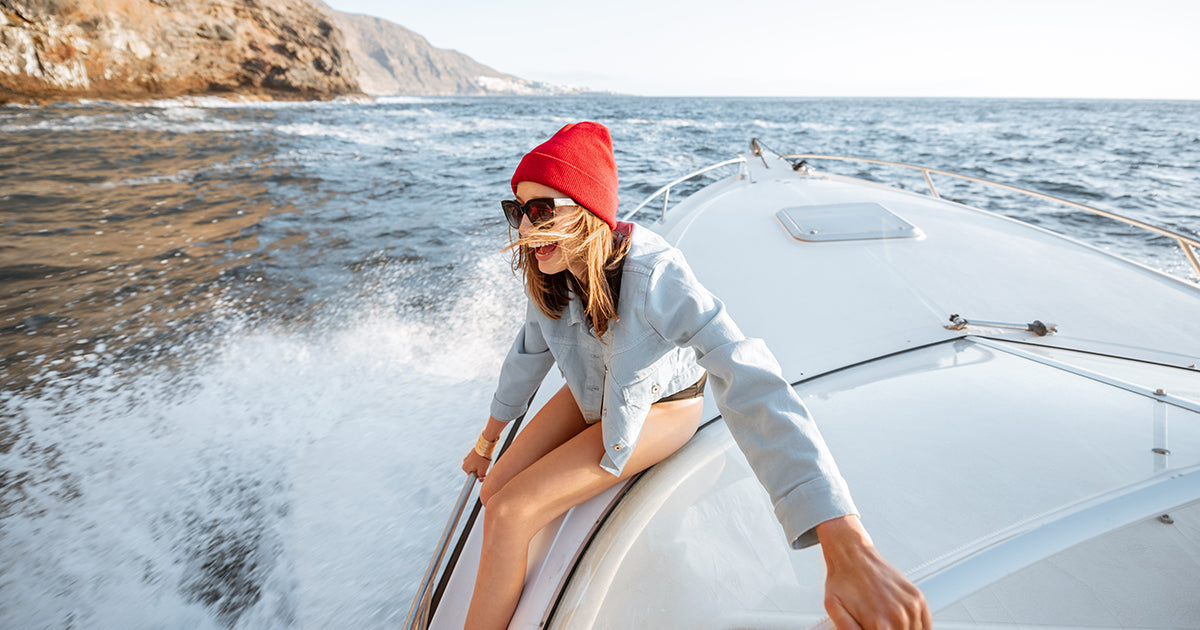Water is one of Earth's most precious resources, yet it faces threats due to pollution, dam construction, wetland and riparian ecosystem destruction, as well as depletion of groundwater aquifers.
Due to this global shortage of freshwater, there is growing concern. To combat this issue, some researchers are working on methods for desalination.
Can you purify lake water to drink?
Fresh water lakes may offer a safer alternative than ocean waters, but it's still important to exercise caution when drinking naturally occurring lake or river water. Even if it appears clean on the outside, natural sources often contain harmful bacteria, viruses and parasites which could lead to illness if consumed.
Fortunately, there are a variety of reliable water purification methods you can use while camping. The two most popular choices are chemical purification tablets or boiling water for extra clarity.
The initial step in prepping your water is to locate a reliable source. Depending on the nature of your trip, you may have to search for nearby streams, ponds or lakes.
Rainwater collection can also be beneficial, if available. Rainfall tends to be cleaner than flowing streams since it contains less sediment.
Once you find a clean source of water, fill your container and allow it to sit for around 20 minutes. Check the color, odor, or floating sediment in the liquid before proceeding.
Boiling natural water sources is the best way to make them safe for drinking, as this eliminates all disease-causing organisms in less than 30 minutes. Boiling is the only effective way to eradicate bacteria, viruses and parasites that could contaminate your water if left unchecked.
How do you change salt water to fresh water?
71% of Earth's water is salty seawater. Only approximately 2.5 percent is fresh rain, snow or mist that falls as rain on land.
That small patch of fresh water on Earth is made possible through evaporation, the natural process that takes place when sunlight heats up seawater and turns it into water vapor. As this vapor leaves the ocean, it condenses on airborne particles in the atmosphere and rains down once more.
In an emergency, it's essential to be able to transform seawater into freshwater that can be safely consumed. That is why desalination is used – it converts salty seawater into clean drinking and sanitation water that's safe for consumption.
Two main methods are thermal distillation and membrane filtration. The former involves boiling seawater, producing steam that pulls out salts and minerals. This steam is then collected and condensed back into fresh water for reuse.
The latter uses a honeycombed-patterned membrane only a few atoms thick to push seawater through and remove salt. This technique has applications across industrial facilities, ships and submarines alike; however it requires considerable energy consumption so researchers are working on creating a new kind of membrane which uses less power consumption.
How to Purify Salt Water in the Wild for Survival
If you find yourself stranded in the wilderness, understanding how to purify salt water into drinkable liquid can mean the difference between life and death. With millions of microorganisms present in sea water, it's essential that this water be safe for consumption so that you don't become sick or die from drinking it.
One effective way to purify water in the wilderness is through distillation. This involves boiling water and collecting any condensation formed. You can do this with either a pot distiller or basic items salvaged during a survival situation.
Solar stills can also be employed to transform seawater into drinkable liquid. This natural process utilizes the sun's energy to condense the liquid and collect it in a catch cup or bowl.
However, you should be aware that these methods cannot eliminate contaminants like agricultural runoff, heavy metals or radiation from drinking water. Furthermore, they may taint its taste. Therefore, you should combine chemical treatment with distillation or UV light process in order to guarantee your drinking water is clean.
for more info : puro systems

